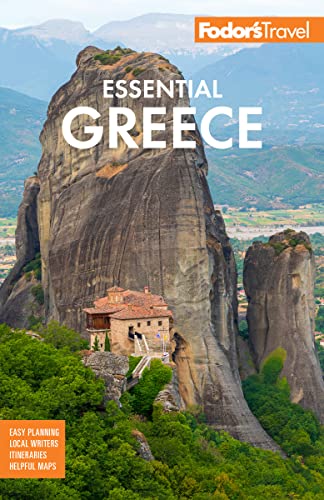Tinos is among the most beautiful and most fascinating of the major Cyclades. The third largest of the island group after Naxos and Andros, with an area of 195 square km (121 square miles), it is inhabited by nearly 9,000 people, many of whom still live the traditional life of farmers or craftspeople. Its long, mountainous spine, rearing between Andros and Mykonos, makes it seem forbidding, and in a way it is. It is not popular among tourists for a few reasons: the main village, Tinos Town (Chora), lacks charm; the beaches are undeveloped; there is no airport; and the prevailing north winds are the Aegean's fiercest (passing mariners used to sacrifice a calf to Poseidon, ancient Tinos's chief deity, in hopes of avoiding shipwreck). On the other hand, Tinos is dotted with possibly the loveliest villages in the Cyclades.
Whether travelers head to Tinos or not, a visit here is essential for Greeks: its great Church of Panayia Evangelistria is the Greek Lourdes, a holy place of pilgrimage and miraculous cures; 799 other churches adorn the countryside. Encroaching development here is to accommodate those in search of their religious elixir and not, as on the other islands, the beach-and-bar crowd.
Tinos's magnificently rustic villages are, for some welcome reason, not being abandoned. The dark arcades of Arnados, the vine-shaded sea views of Isternia, the gleaming marble squares of Pirgos: these, finally, are what make Tinos unique. A map, available at kiosks or rental agencies, will make touring these villages by car or bike somewhat less confusing, as there are nearly 50 of them.




